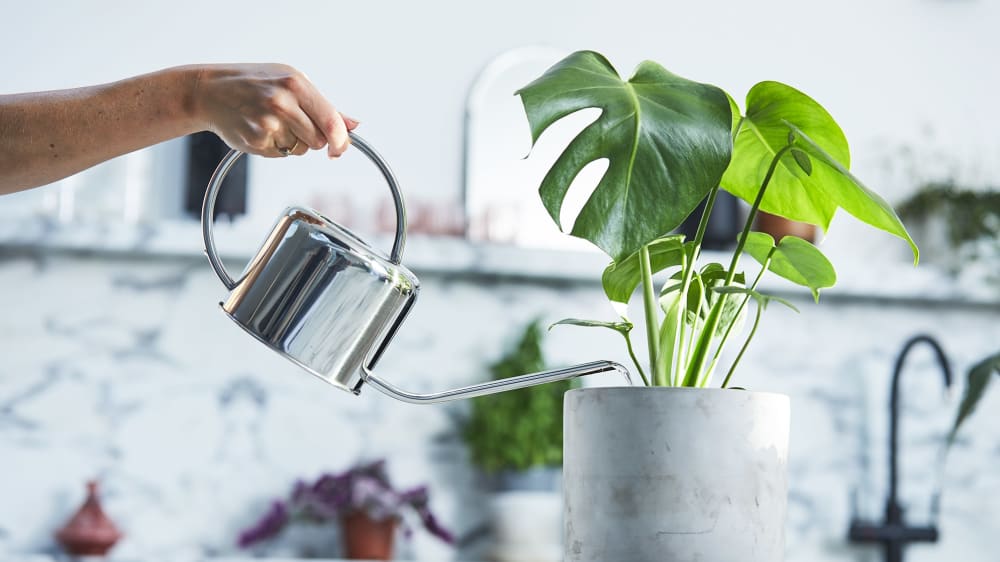The Ultimate Guide to Watering Indoor Plants
Indoor plants add life and beauty to any home, but keeping them healthy requires proper care, especially when it comes to watering. Overwatering or underwatering can harm your plants, so understanding their needs is essential. This guide will help you master the art of watering indoor plants and ensure they thrive.
Understanding Your Plant’s Needs
Every plant is unique, and its watering needs depend on factors like species, pot size, soil type, and environment. Here are some key considerations:
Plant Type: Succulents and cacti need less water, while tropical plants like ferns require more.
Pot Type: Plastic pots retain more moisture than clay pots, which allow water to evaporate.
Soil Composition: Well-draining soil is crucial to prevent root rot.
Light and Temperature: Plants in bright, warm areas dry out faster than those in cooler, shaded spots.
Signs of Overwatering and Underwatering
Knowing when your plant is thirsty or overhydrated is critical:
Overwatering: Yellowing leaves, wilting, or mushy roots.
Underwatering: Dry, crispy leaves and slow growth.
Always check the soil’s moisture level before watering by sticking your finger an inch deep into the soil.
How to Water Indoor Plants Correctly
Watering Frequency: Most plants need watering once a week, but adjust based on the plant’s needs and environment.
Use Room-Temperature Water: Avoid shocking the roots with hot or cold water.
Water Evenly: Pour water around the soil’s surface to distribute it evenly.
Drain Excess Water: Ensure your pot has drainage holes to prevent standing water.
Special Tips for Different Plant Types
Succulents: Water sparingly, only when the soil is completely dry.
Tropical Plants: Mist leaves occasionally to increase humidity.
Flowering Plants: Water more frequently during blooming periods.
Common Mistakes to Avoid
Using Hard Water: Minerals in hard water can harm sensitive plants. Use filtered or rainwater when possible.
Ignoring Seasonal Changes: Plants need less water in winter due to slower growth.
Leaving Plants in Standing Water: Always empty saucers and trays after watering.
Tools to Simplify Watering
Invest in these tools to make watering easier:
Moisture Meter: Measures soil moisture levels accurately.
Self-Watering Pots: Provide a consistent water supply without overwatering.
Spray Bottle: Ideal for misting plants that love humidity.
By following these tips, you can ensure your indoor plants remain healthy and vibrant. Remember, the key to successful watering is understanding your plants’ unique needs and providing just the right amount of hydration.


